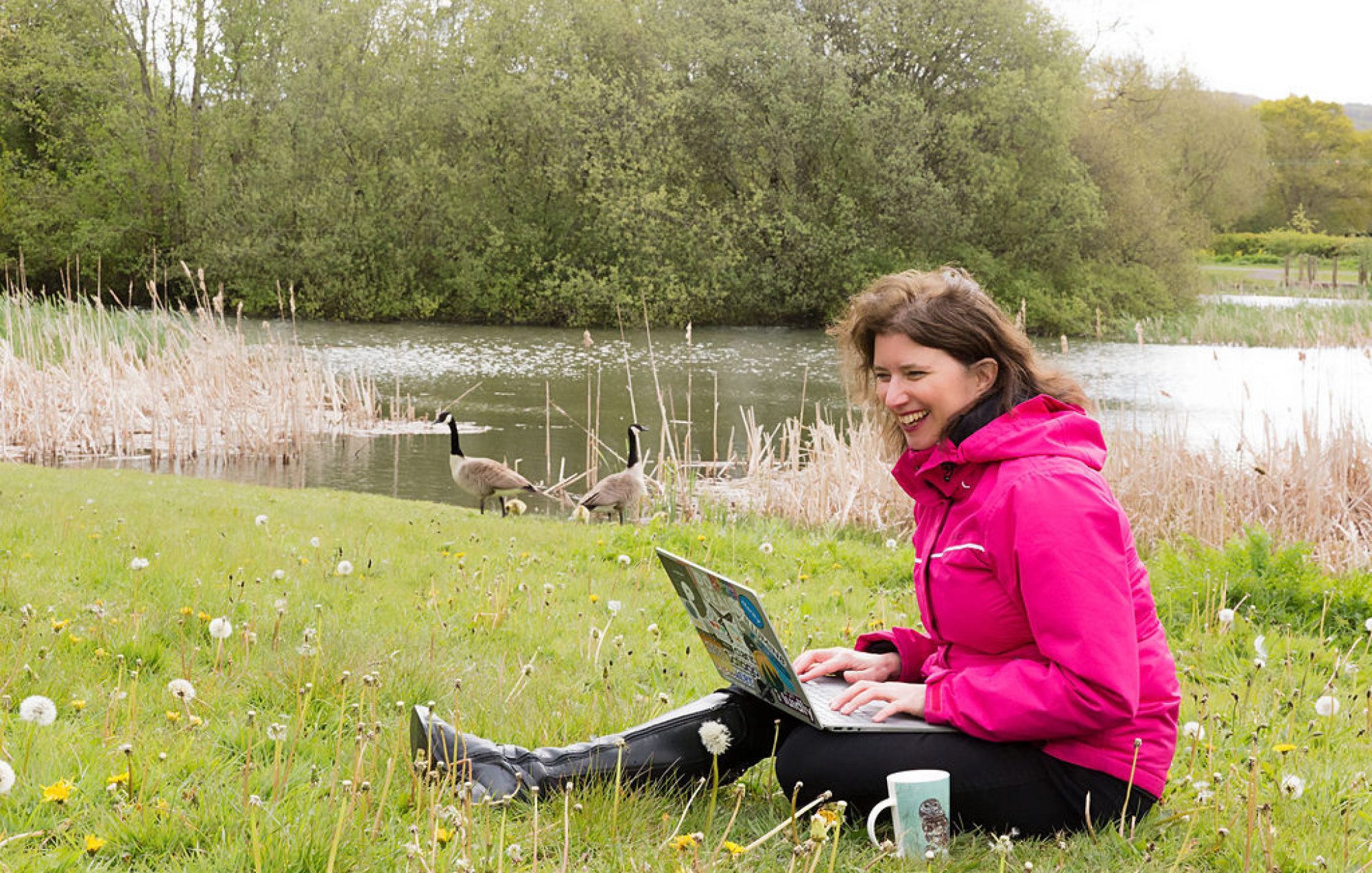If you’re fortunate to have a brilliant team it can be quite hard when a member of staff leaves.
Assuming that they’re leaving for the right reasons and that you’ve already wished them well, what can you do for your own business?
Treat this as an opportunity to reorganise your own business.
- Don’t just recycle the original job ad but draw up the organisation chart that you need for the next three years based on necessary skills/tasks, not people.
- Add in the names of your existing team and note any additional training needs they may have for additional skills etc. in their new/enhanced roles.
- Draw up job descriptions for any gaps that can’t be filled by your existing team. This may mean that you now have two part time roles requiring completely different skillsets.
Recruiting isn’t always straightforward.
I’ve had a scenario when I was wasn’t able to recruit exactly the right replacement so what did we do?
We took on somebody with less experience who would grow into the role and dropped all of our D clients immediately to reduce the workload. (see ‘D is for Dross’ on how to do this D is for dross – Hudson Business Advice)
The new recruit flourished and far exceeded expectations. The salary saving almost offset the lost profit on clients who weren’t well suited to our practice. As our newbie gained experience we ended up with a streamlined business even better than before.
